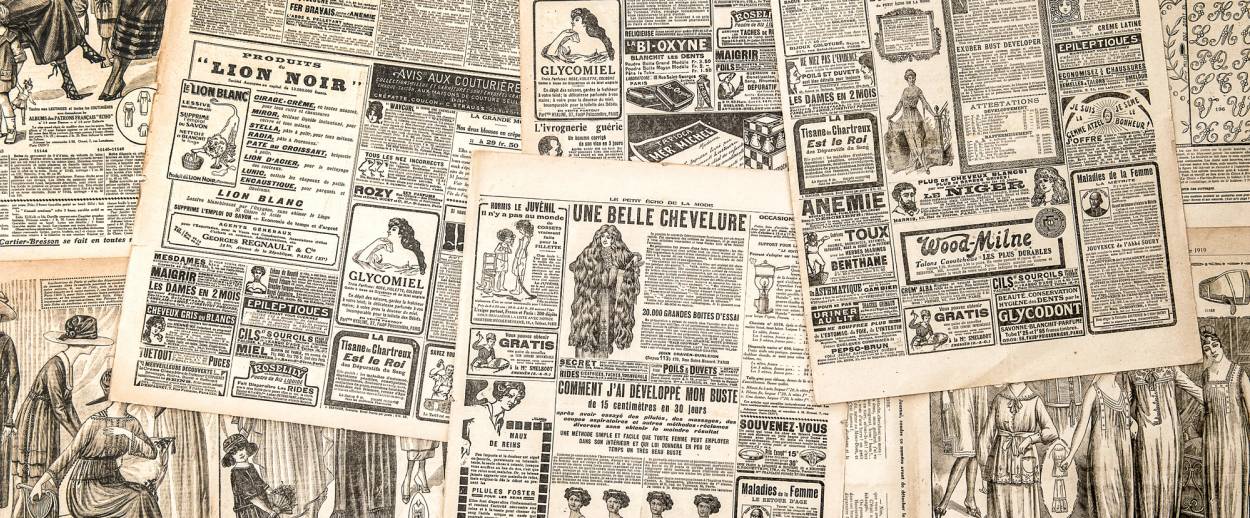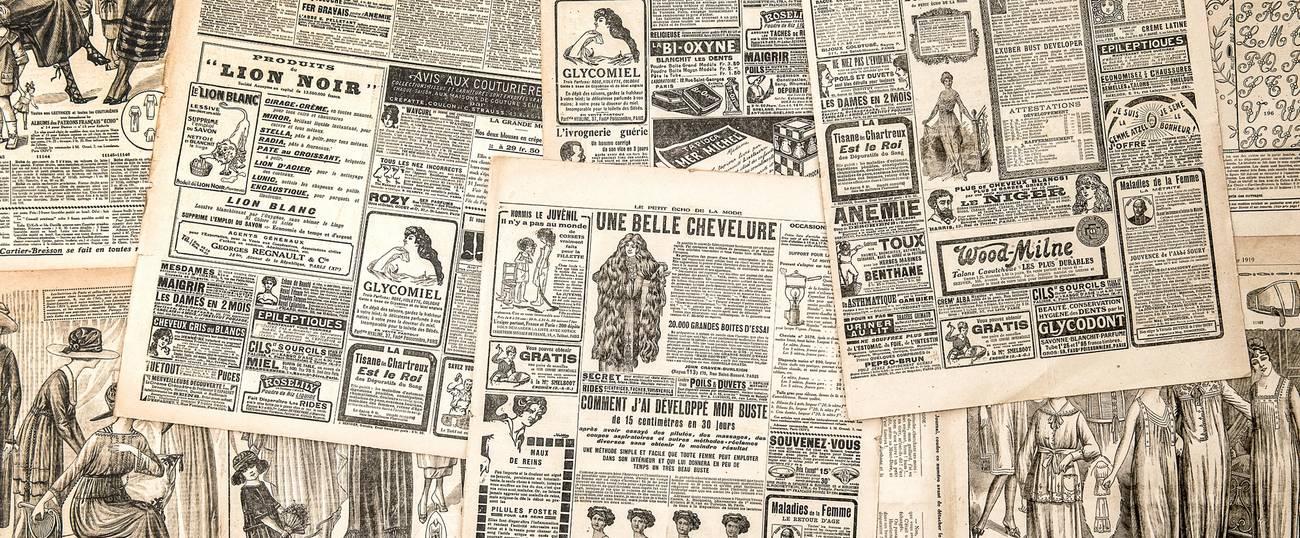The Rise and Fall of Trump Magazine (No, Not That One)
A 1957 successor to MAD Magazine, the other Trump Magazine never quite took off, despite contributions from Mel Brooks, among others




Last year, I wrote about Harvey Kurtzman, the comic genius who created MAD Magazine. In 1956, after endless battles with MAD’s tightfisted and controlling publisher Bill Gaines, Kurtzman was forced out. (Arguably, he forced himself out. His perfectionism, demanding nature, refusal to compromise, and difficulty with deadlines were, shall we say, problematic.) Kurtzman then joined forces with Hugh Hefner, a big fan of his work, to create a full-color, satirical magazine for sophisticated grown-ups. (Subtext: Not just for the teens and semi-juvenile adults who read MAD.) In 1957, Trump Magazine appeared. And quickly disappeared. Only two issues were ever published.
What went wrong? In a new anthology, Trump: The Complete Collection, Dark Horse Comics attempts to answer that question. The heavy coffee-table book reprints the two issues of Trump in their entirety, along with snippets of the never-completed third issue, and annotations explaining who did what, how the mag went down, and what some of the now-dated jokes mean.
The backstory: The first issue of Playboy had come out in 1953. With a nude centerfold of Marilyn Monroe, it sold over 50,000 copies. With Playboy doing well, Hefner was excited to expand his empire. The working title of the humor magazine he hired Kurtzman to produce was “X”; the name changed to “Trump” shortly before publication. The precise reasons for the shift are unclear, but it was clearly a reference to winning: In the game of Spades, if you play a trump card, you get every card on the table. Kurtzman’s attempt at an iconic, branded equivalent of the Alfred E. Neuman character reflected the concept: A squat, fluffy-haired blond knave of spades, blowing his own horn. (Oh, the irony.)
Trump Magazine—not to be confused with Trump, the magazine published by the Donald from 2006-2009—featured a lot of MAD refugees, as well as established comedy stars like Max Shulman (The Many Loves of Dobie Gillis) and up-and-comers like the young Mel Brooks. It showcased photographic ad parodies, comic-strip spoofs of popular movies and TV shows, literary satire, commentaries on 1950s business and culture.
The first issue featured a spread of classic novels rendered as cheap pulp paperbacks (prescient, in that a publisher actually did this in 2013!); parodies of Lil Abner and God’s Little Acre; a mocking look at “Elvis Pretzel” (a “censored” picture, blacked out, claims to depict him doing “the hootchy-cootchy at Minsky’s”). By far the best thing in the issue is a lampoon of Life Magazine’s self-important 1950s series “The Epic of Man.” It purports to show what anthropologists a million years from now will think about us, Unitedstateolithic Man. A gorgeously illustrated color gatefold by William Elder shows “a typical village reconstructed from geological evidence.” There are multiple scantily clad people worshiping a fire hydrant, a man drinking “from a bowl inscribed with his tribal name, Chevrolet” (it’s a hubcap), a near-nude Marilyn Monroe and Howdy Doody “carrying water jars in regular and large family sizes” (they’re Coke bottles), and a “hut” showing that the town is called “Downtown”—it’s actually the entrance to the Astor Place subway station. Many years later, David Macaulay made a rapturously reviewed, full-fledged, illustrated mock-archaeology book, Motel of the Mysteries, based on a similar concept.
Trump’s second issue had a layout parodying extravagant food photography, a beautifully drawn (by Jack Davis) parody of the movie Giant, a send-up of Sports Illustrated, and an illustrated essay mocking the increasing popularity of sedatives. “Doctors are plagued with questions about how they work and how safe they are. Since the answers are unknown, it is wise not to bother the busy doctors needlessly. Besides, after taking a tranquilizer, what will it matter?” Mel Brooks offered a parody of Death of a Salesman in which Willie Loman is a pickpocket who is devastated that his son does well in school, refuses to do crimes, and carries a violin in his violin case instead of a Tommy gun.
The first two issues of Trump sold well but were expensive to produce. Playboy was still young, and Hefner didn’t have a ton of disposable income to give the magazine time to build its audience. Playboy’s own art director felt that the first issue looked disjointed and frenetic; Hefner himself, a former cartoonist, seemed to have concerns about Trump’s long-term viability. Kurtzman didn’t help his case by missing deadlines and burning through capital. “I gave Harvey Kurtzman an unlimited budget, and he exceeded it,” Hefner said ruefully years later.
While Kurtzman sat in the waiting room of Doctors Hospital on the Upper East Side, as his wife was giving birth to his daughter Elizabeth, Hefner came by. Kurtzman thought his publisher was going to offer him a cigar. Instead, Hefner announced the end of Trump. At least Hefner continued to keep Kurtzman employed, paying him extravagantly for a quarter-century to do a sexy bimbo comic in Playboy called Little Annie Fanny.
Kurtzman died in 1993. Toward the end of his life, he said, “I never did get to do the perfect humor magazine. Trump came the closest.”
Marjorie Ingall is a former columnist for Tablet, the author of Mamaleh Knows Best, and a frequent contributor to the New York Times Book Review.